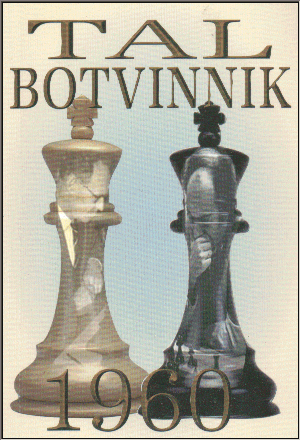First this.

by A.Gopalaratnam (published 2006)
As beginner’s books go it is OK. Some of the examples of play are very good.
However, there is one piece of advice I have never seen in any beginner’s book.
The author wants you set up the pieces on a table with two chairs. You make the
White move then get up, sit on the Black side, make the reply, then get up sit back
down on the White side, play another move, get up, sit on the Black side and so on.
I’m not making this up, look, this is from page 19.

Now I’ like to think I’m open minded enough to absorb fresh ideas so here is:
newjoeb - elsbeth RHP 2009 using the Musical Chess Chairs system.

Another unique feature in this book is the author shows you how to make your
own Chess Set. Apparently you do this by merrily ripping buttons off your shirt.
No. I’ve not gone mad, nor is it an early April Fools joke. This is from the same book.

Which brings me on nicely to RHP Competition No. 368
Make your own Chess Set from buttons by destroying your best shirt.
If anyone makes one, PM me and I’ll post pictures of it in a future blog.
 A copy of this…
A copy of this…

Fell into my lap in the shape of a Christmas Present from Dolly Hackett the barmaid at Sandy Bells.
On page 46 Tal mentions that whilst preparing for Botvinnik’s Caro Kann he was
considering the following gambit. adding “ The move Bd3, whilst it is encountered
very rarely, might begin to howl for public acceptance.” So let us have a look at it.
G. Koltanowski - A. Dunkelblum, Antwerp 1923
Is very possibly the most famous game with this line.

by A.Gopalaratnam (published 2006)
As beginner’s books go it is OK. Some of the examples of play are very good.
However, there is one piece of advice I have never seen in any beginner’s book.
The author wants you set up the pieces on a table with two chairs. You make the
White move then get up, sit on the Black side, make the reply, then get up sit back
down on the White side, play another move, get up, sit on the Black side and so on.
I’m not making this up, look, this is from page 19.

Now I’ like to think I’m open minded enough to absorb fresh ideas so here is:
newjoeb - elsbeth RHP 2009 using the Musical Chess Chairs system.

Another unique feature in this book is the author shows you how to make your
own Chess Set. Apparently you do this by merrily ripping buttons off your shirt.
No. I’ve not gone mad, nor is it an early April Fools joke. This is from the same book.

Which brings me on nicely to RHP Competition No. 368
Make your own Chess Set from buttons by destroying your best shirt.
If anyone makes one, PM me and I’ll post pictures of it in a future blog.


Fell into my lap in the shape of a Christmas Present from Dolly Hackett the barmaid at Sandy Bells.
On page 46 Tal mentions that whilst preparing for Botvinnik’s Caro Kann he was
considering the following gambit. adding “ The move Bd3, whilst it is encountered
very rarely, might begin to howl for public acceptance.” So let us have a look at it.
G. Koltanowski - A. Dunkelblum, Antwerp 1923
Is very possibly the most famous game with this line.
Next we see an RHP player who is very possibly aware of the above game and goes
for the same finish. Black, either by accident or design, avoids it but then plays their
part in a very instructive ‘I saw that, but did you see this?’ piece of play. Enjoy this.
CondePoderoso - ImperterritoAvefenix RHP 2014
We look at another RHP game which hides many wee cute ideas including Double Deception.
Double Deception is when you play a shot that has an easy to see threat masking
another threat. The player spots the first shot, pats himself on the back, chuckles at
the simplicity of it all and in a relaxed frame of mind misses the other threat completely.
johnny09 - Penguin303 RHP 2012
I’ll show you the Double Deception I mentioned in the notes.
Of course I have to show this often repeated idea hidden in this variation.
yellowcomp - DemonAstroth RHP 2008

So that was the Tal Trick, an interesting try that could score well at the lower levels.
A more well known Caro Kann ‘Incidental’ Trap is in the Advanced Variation.
Currently 48 Black Queen’s Bishops have been lost this way on RHP.
After move 4 I said ‘or is it’ because if White happens to switch off after
winning the Bishop Black can create problems. Black can get two pawns
and an exposed King for the Bishop. Here is an example from an RHP game.
tamasha321 - nkrohn 2006
Another blog finished. Right I’m away to start pulling buttons off my shirts. See you all next week.
The thread accompanying this blog is Thread 162441

